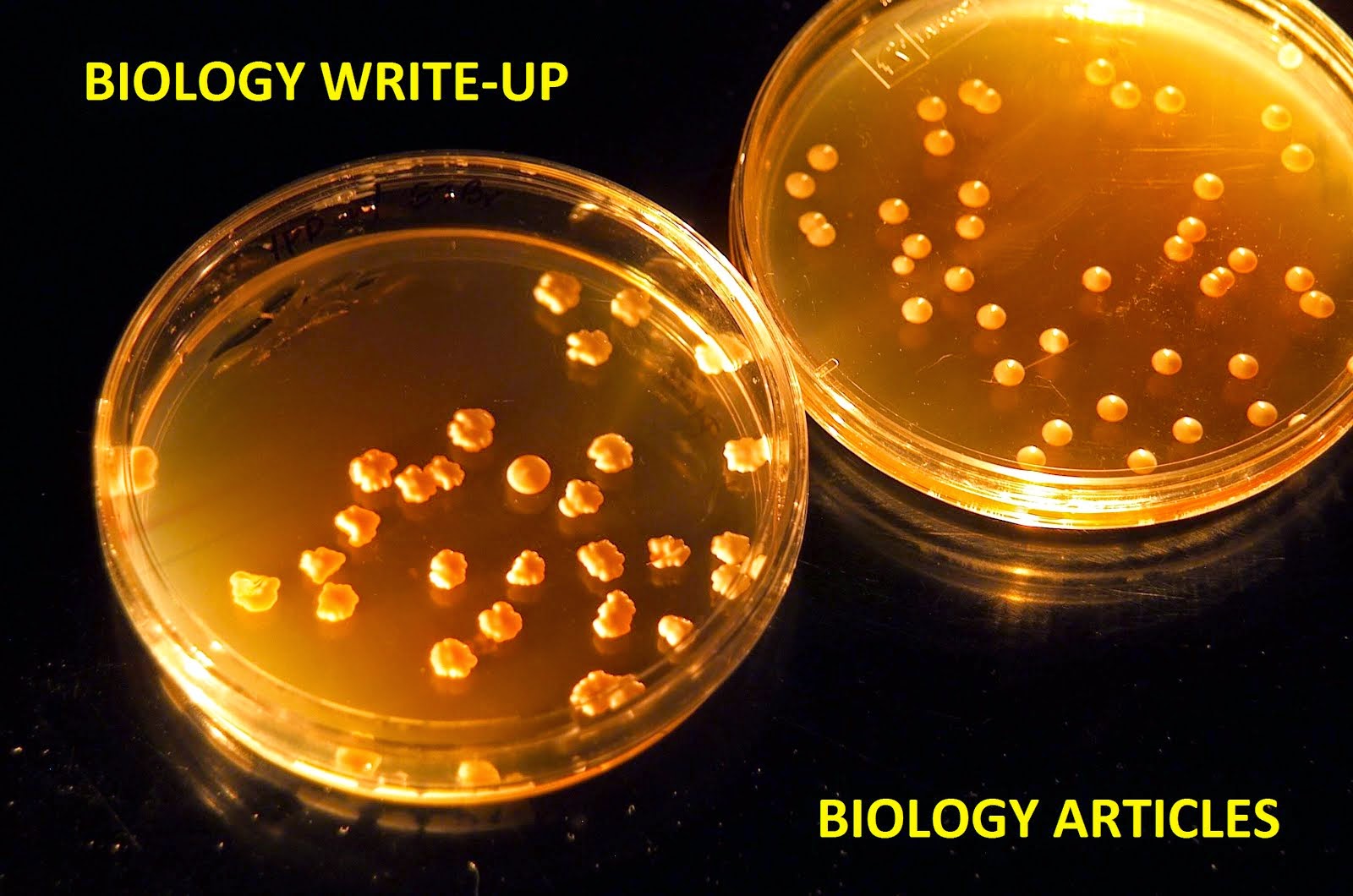DEVELOPMENT OF MICROSPORANGIUM
In a huge
mass of cells, few cells in the hypodermal region become differentiated, by
their large size, radial growth and dense cytoplasm and conspicuous nuclei.
They make the archisporium. Generally archisporium consists of 2-3 cell wide
plate running along the entire length of the lobe.
The micro sporangial
initials (archisporial cells) divide periclinally forming a primary parietal
layer and primary sporogenous layer. The cells of the primary parietal layer
laying immediately beneath the epidermis divide repeatedly both periclinally
and anticlinally giving rise to 3-5 concentric layers forming the wall of the
young sporangium.
Cells of the
epidermis divide anticlinally only. The cells thus formed become greatly
stretched and flattened. Sometimes its cells may be generally lignified or
cutinized.
The layer
next to the epidermis is the endothecium or fibrous layer. As a rule, by the
development of fibrous bands of thickening the endothecium is hygroscopic and
is therefore mainly responsible for the dehiscence of the mature anther
.
NOTE: The cells of the
endothecium are thin walled along the line of dehiscence of each anther lobe.
The opening through which the pollen grains are discharged from pollen sac is
called STROMIUM.
The inner
most layer of the wall layer develops into a single layered tapetum. The
tapetal layer has dense cytoplasm and conspicuous nuclei. Tapetum makes a
nutritive layer for the developing microspores.
In meantime, the primary sporogenous layer cells give rise to microspore mother cell (mmc) or the pollen mother cells. In the beginning mmc remains closely packed but as anther enlarges in size, the pollen sac also increases in size, the mmc also increases in size and becomes spherical in shape and gets loosely arranged.
 |
| FORMATION OF ANTHER LOBES FROM UNDIFFERENTIATED MASS OF CELLS |
In meantime, the primary sporogenous layer cells give rise to microspore mother cell (mmc) or the pollen mother cells. In the beginning mmc remains closely packed but as anther enlarges in size, the pollen sac also increases in size, the mmc also increases in size and becomes spherical in shape and gets loosely arranged.



No comments:
Post a Comment